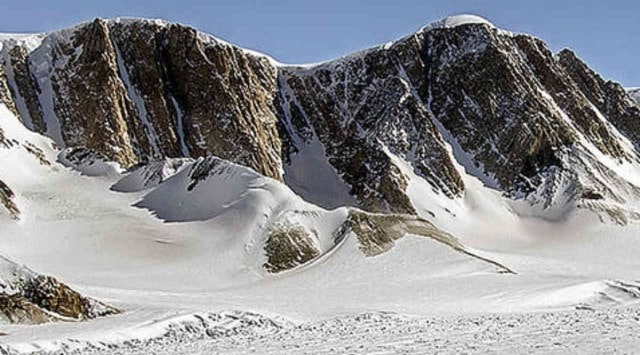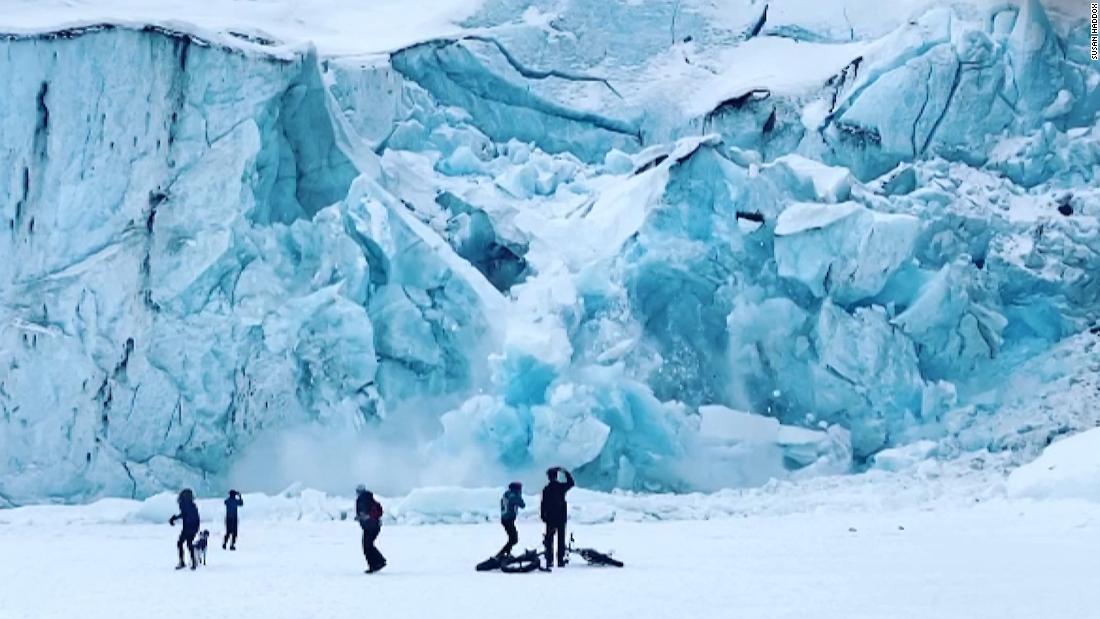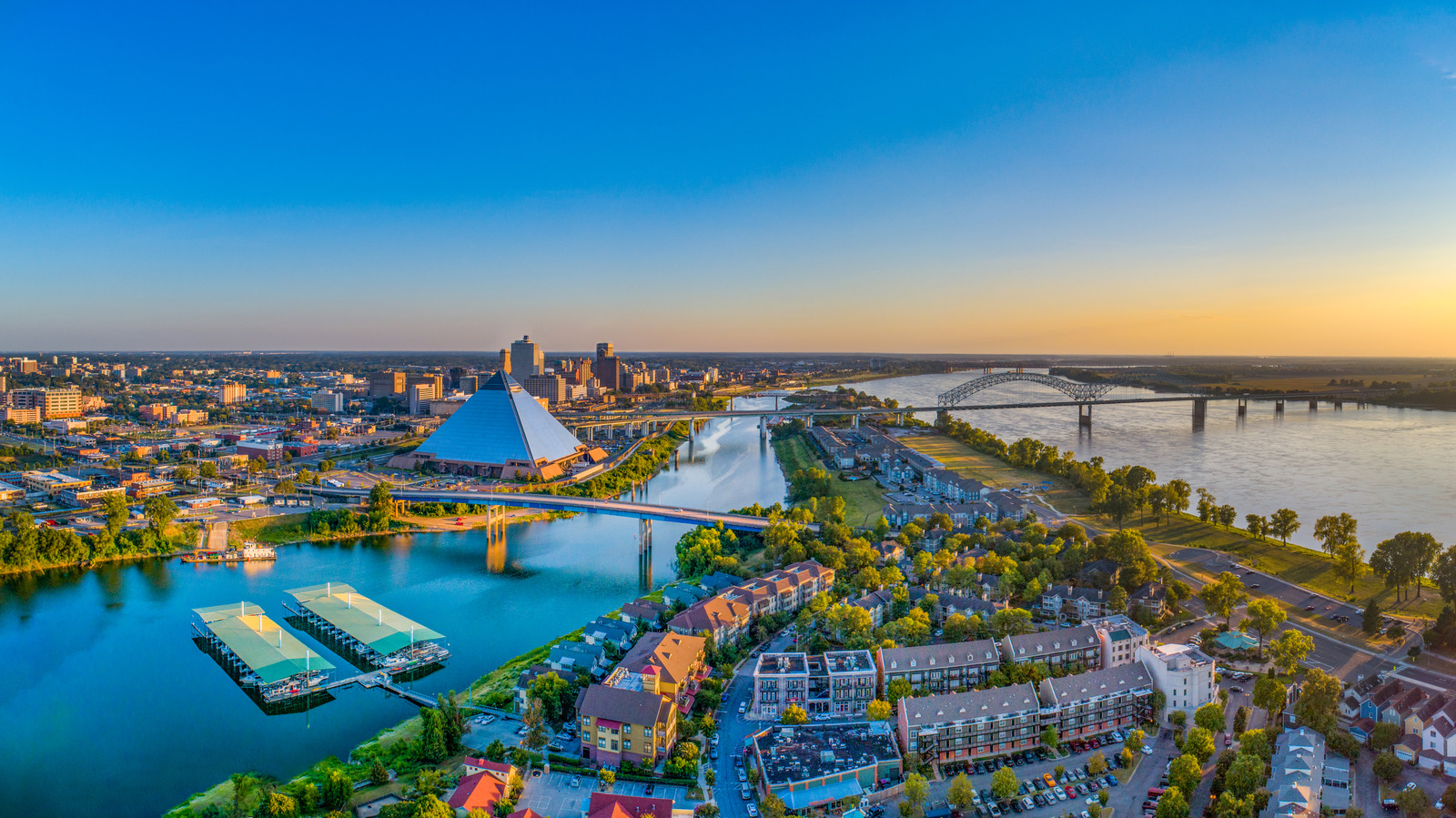Himalayan Glaciers Retreating at Alarming Rate, Threatening Millions

The Himalayas, often dubbed "the Third Pole" for their vast ice reserves, are facing an unprecedented crisis. Recent studies reveal that Himalayan glaciers are shrinking at an alarming rate, a grim consequence of accelerating climate change. This rapid melting poses a severe threat to the delicate ecosystems and the millions of people who depend on these icy giants for their survival.
Unprecedented Glacial Loss: A Stark Reality
A landmark report by the Intergovernmental Panel on Climate Change (IPCC) released in 2021 sent shockwaves around the world. The report, compiled by hundreds of leading scientists, confirmed that Himalayan glaciers are melting at a rate unprecedented in the past several centuries. In fact, the rate of ice loss has nearly doubled since the turn of the century.
Satellite observations and field studies paint a worrying picture. For instance, a 2020 study published in Nature found that the glaciers in the Everest region have lost over 250 meters of ice thickness in the last five decades. Similarly, a 2021 study in The Cryosphere reported that the average rate of glacier mass loss across the Himalayas has increased by 50% in the past two decades.
The Human Toll: A Looming Water Crisis
The implications of such rapid glacial melt are far-reaching and potentially catastrophic. The Himalayas are often called "Asia's Water Tower," as they feed ten of the world's most important river systems, including the Ganges, Indus, and Brahmaputra. These rivers are lifelines for almost two billion people across Asia, providing water for drinking, irrigation, and hydropower generation.
As glaciers shrink, the flow of water into these rivers is initially expected to increase, leading to more frequent and severe floods. However, as glaciers lose mass, this flow will eventually diminish, resulting in water scarcity for a vast population. This impending water crisis could have devastating consequences for agriculture, livelihoods, and regional stability.
Beyond Water: Impacts on Ecosystems and Hazards
The consequences of Himalayan glacier melt extend beyond water security. The retreating glaciers are significantly impacting downstream ecosystems, affecting biodiversity and the services they provide. Additionally, the rapid melt is creating a surge in glacial lakes, many of which are precariously dammed by ice or moraine. These glacial lake outburst floods (GLOFs) pose a significant threat to downstream communities, with the potential to cause catastrophic damage.
A Call for Action: Mitigation and Adaptation
The alarming rate of Himalayan glacier melt is a stark reminder of the urgency of climate action. While reducing greenhouse gas emissions remains paramount to mitigate the effects of climate change, adapting to the already unfolding impacts is equally crucial. This includes investing in water resource management, developing early warning systems for GLOFs, and promoting sustainable land use practices in the region.
Looking Ahead: A Future Uncertain
The future of the Himalayan glaciers hangs in the balance. While global efforts to combat climate change will ultimately determine their fate, immediate actions are needed to mitigate the risks and build resilience among mountain communities. The melting glaciers serve as a powerful reminder of the interconnectedness of our planet and the urgent need for collective action to safeguard its future.















Comments ()